Carl Zeiss Jena Pancolar MC 50mm F1.8 Review
Does this ugly duckling lens still deliver stunning results.
The Carl Zeiss Jena DDR Pancolar 50mm f/1.8 is a well-regarded vintage lens among enthusiasts. It is known for its unique character, solid build, and pleasing image rendering.
Revered for its sharpness, vibrant colours, and distinctive bokeh, this lens has earned a reputation as a versatile and enjoyable piece of glass for those who appreciate manual focus photography.
So, earlier in the year, when I saw one come up on the Facebook marketplace at a reasonable price, I was interested pretty quickly.
The reason for the lower-than-normal price is evident when you see the lens—cosmetically, it’s not in great shape, with a dented filter thread, plenty of scuff marks and scratches, and fading paint in places—but the seller assured me that optically, it was still a good lens, so I made the trip across town to look at it in person.
When I saw the lens in the hand, I began to have my doubts.
This was a very well-used lens. Some might even consider it an abused lens.
But looking past the battered exterior, I was pleased to see the glass was free from fungus, haze, or scratches—perhaps protected in part by the UV filter that still managed to thread onto the front despite the dent!
The seller allowed me to take this ugly duckling on a walk around the block to test it out, and I was intrigued from the very first shots I took with it on my Sony Alpha A1 (with M42 to E mount adaptor).
This was the first shot I took of a flower in the front yard of one of my friend's neighbours, and while it’s not something I'd print and put on my wall, it showed promise.
Shot wide open at f1.8, the centre of the frame was sharp - and while the close foliage in the background is a little busy, we were seeing hints of some nice bokeh and lovely tones in the white flower.
Then I shot a close-up shot of a succulent in the next garden, and I saw something else that intrigued me - the ability of this lens to focus up close at just 35cm from its subject.
One more shot of some foliage - again up close, this time with a clearer background- and we started to see the creamy blur this lens could produce.
I was hooked and returned to the seller with my cash in hand and the deal was done.
Carl Zeiss Jena Pancolar MC 50mm F1.8 Specifications:
Focal Length: 50mm
Maximum Aperture: f/1.8
Minimum Aperture: f/22
Lens Mount: M42 screw mount
Optical Construction: 6 elements in 5 groups
Minimum Focus Distance: ~35cm
Filter Thread: 49mm
Aperture Blades: 6 blades
Coating: Multi-coated
Weight: ~230g
Build Material: Metal and glass construction
Review:
Build Quality & Handling
The Pancolar 50mm f/1.8 is a reasonably solidly built lens. Its all-metal construction gives it a premium, vintage feel.
The focus ring on my copy is smooth (maybe slightly firm but only a touch) and well-damped. The focusing throw is quite long, making precise focusing easy.
The aperture ring is clicky and responsive. A few others have said it can be a bit stiff, but mine has no issues on this front.
The lens isn't particularly large or heavy. Using the M42 adaptor on my Sony Alpha A1 does extend it quite a bit out from the camera, but as it's not as heavy as some of my other 50mm lenses, I don't feel it is unbalanced.
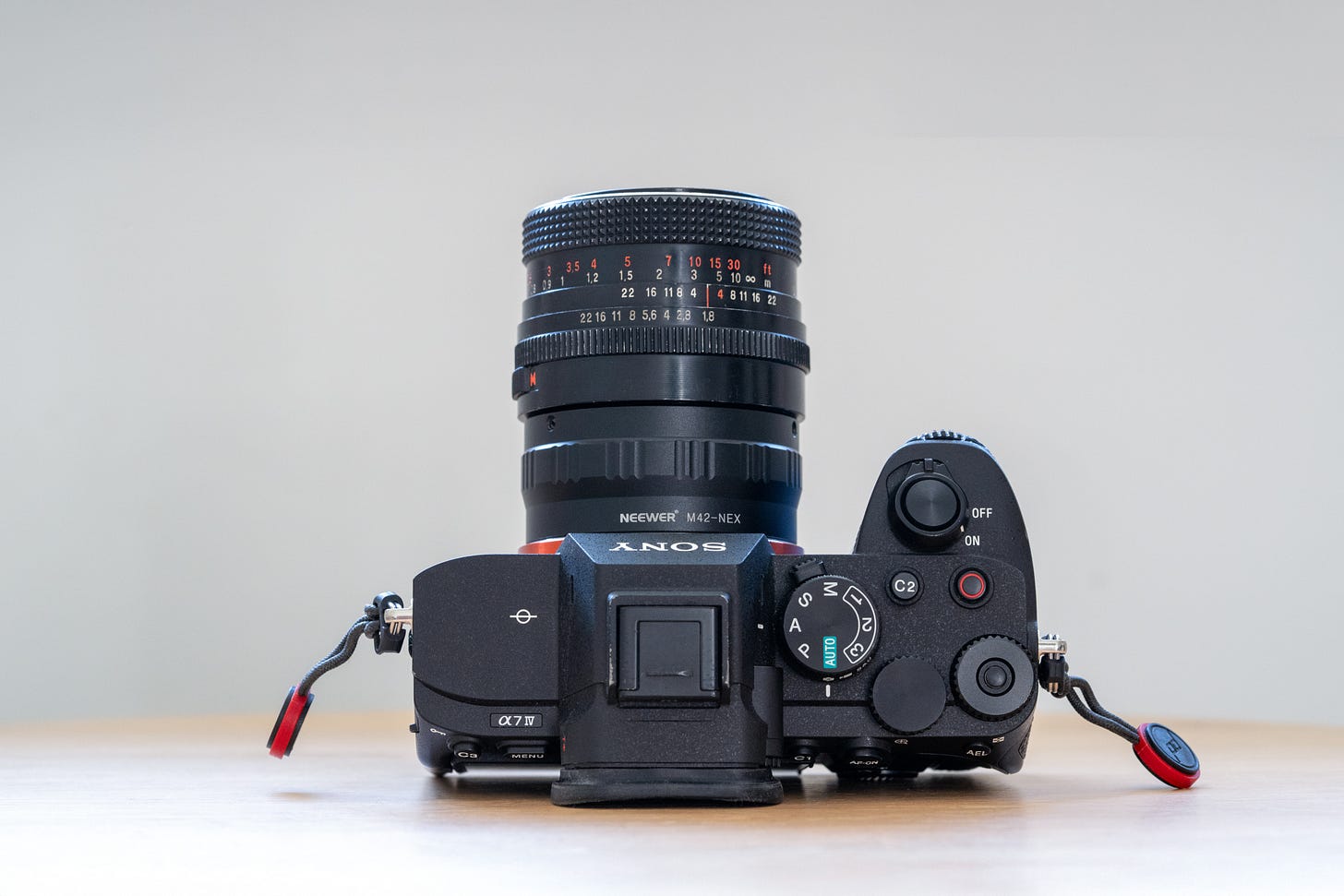
Carl Zeiss Jena Pancolar MC 50mm F1.8 Optical Performance
Sharpness:
Wide open at f/1.8, the centre sharpness is already impressive, with a slight softness in the corners. Stopping down to f/2.8-f/4 improves sharpness across the frame significantly.
Bokeh:
This lens is capable of creamy bokeh wide open if you have enough space between the subject and the background.
Having said that, at other times, the bokeh can be a bit busier (or nervous) - even shot relatively wide open.
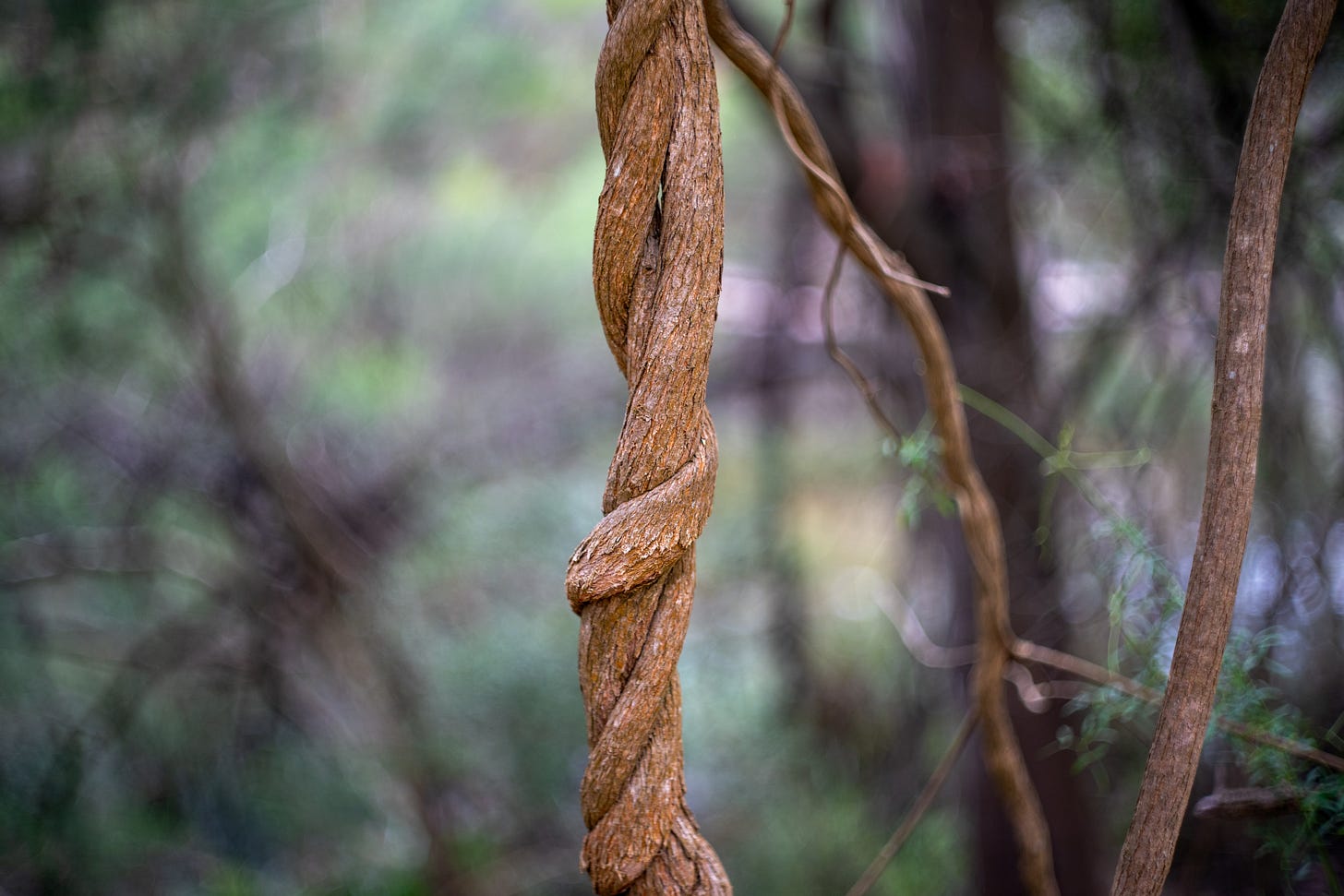
If you have the right conditions (specular highlights and positioning subject the right distance from its background), you can make it swirl - but not as much as my Helios 44M does.
Bokeh balls are possible in the right conditions—and will even give you onion ring outlines—but due to swirling, they will only be completely round at the centre of the frame.
The 6-blade aperture versions produce hexagonal highlights when stopped down.
Here’s a sequence of shots taken at increasingly stepped-down apertures.
There is an 8-blade version, which I assume will have rounder bokeh balls.
Colours & Contrast:
Zeiss lenses are known for their vibrant colours, and the Pancolar is no exception. It has a warm colour rendition with good contrast. I'm assuming that the multi-coatings on the lens help with contrast.
Lens Flare & Coatings:
I have been able to make this lens flare (usually golden/white but occasionally red/pink), but the multi-coatings definitely seem to be helping reduce them unless you’re shooting directly into a light source.
While there is a fair bit of flare in these images, I had to position myself to get them, and there’s still reasonable contrast despite shooting almost directly into the sun.
Chromatic Aberration:
Some purple fringing is visible in high-contrast areas at f/1.8 but is mostly gone by f/2.8.
Distortion & Vignetting:
Minimal distortion and vignetting are present at f/1.8 but not severe. Stopping down reduces it significantly.
Overall, I really love the images this lens produces. They have character, and you definitely know you're looking at images created by a vintage lens—but they're not too crazy either.
Carl Zeiss Jena Pancolar MC 50mm F1.8 Usability
This lens is easy to use. The focusing ring is large enough, and the knurled metal texture is grippy. The aperture ring is closest to the camera and, while narrow, is relatively easy to turn.
If I were comparing using this lens to my Takumars (or even my recently tested MC Rokkor 85mm f1.7), I would say that the Pancolar doesn't have quite as premium a feel to it.
While the focus ring is smooth and the aperture ring has a satisfying click, I'd say some of the more modern Takumars feel better in the hand.
It's not bad—it just lacks the fine finishings of some of my other lenses.
Perhaps I’m slightly biased toward my Takumars because they are in better condition than this lens, but my gut tells me that even if this was mint, I’d still prefer the Takumars.
On the plus side - this lens focuses as close as 35cm, which makes it my closest focusing 50mm lens (apart from my 50mm Takumar macro lens). This makes it useful when I'm out photographing flowers.
Final Thoughts
The Carl Zeiss Jena DDR Pancolar 50mm f/1.8 is a fantastic vintage lens that offers great sharpness, beautiful colour rendering, and smooth bokeh while maintaining a distinct character.
I took it out on a bush walk recently and just loved the process of creating images with it. At times, the backgrounds are smooth, buttery, with subjects popping out of them, yet at other times, hints of swirl and beautiful bokeh balls give the background interest.
There's an absolute joy in lifting the camera to the eye with anticipation, wondering what the lens will produce.
I think this lens would make an ideal walk around everyday lens - it seems to handle larger scenes well but also enables you to get detail shots with its close up focussing.
Whether used for portraits, street photography, nature, or artistic shots, the Pancolar delivers a classic look with a touch of Zeiss magic.
Its battered appearance is also growing on me—it’s unassuming and makes me wonder who used it before me and what the stories behind its bumps and scrapes were!
If you enjoy manual focusing and vintage lenses, this one is a gem and will be a regular companion for me. I’m also curious to try the eight-blade version of the 50mm Carl Zeiss Jena Pancolar MC 50mm F1.8.
Have you used the Carl Zeiss Jena Pancolar MC 50mm F1.8? I’d love to hear your experience with it in the comments below.

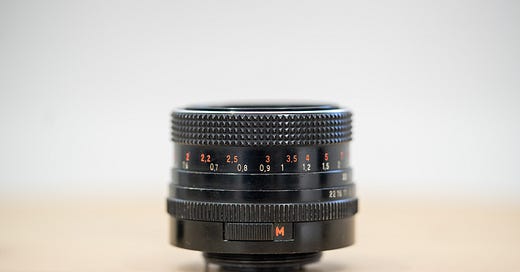



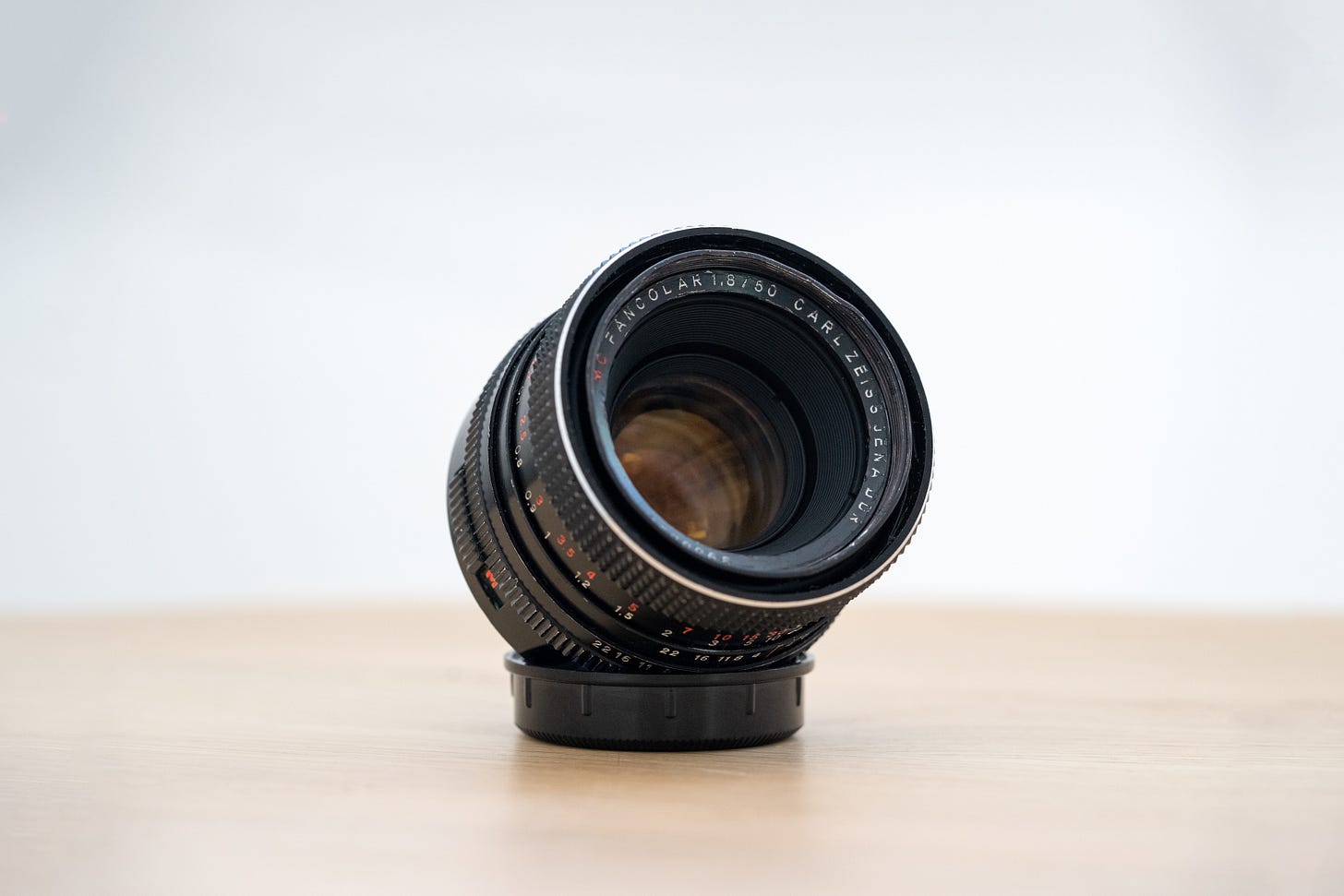
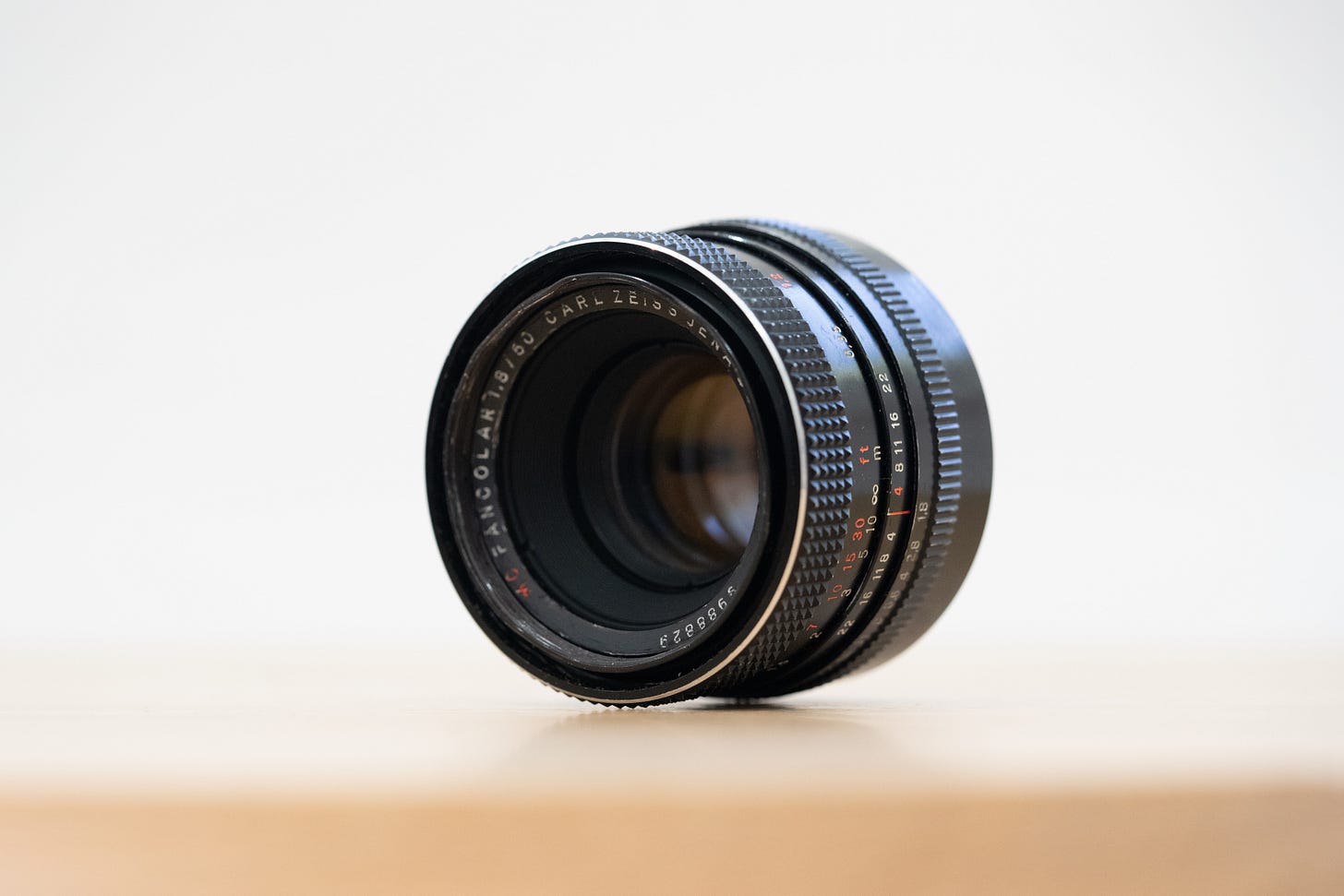
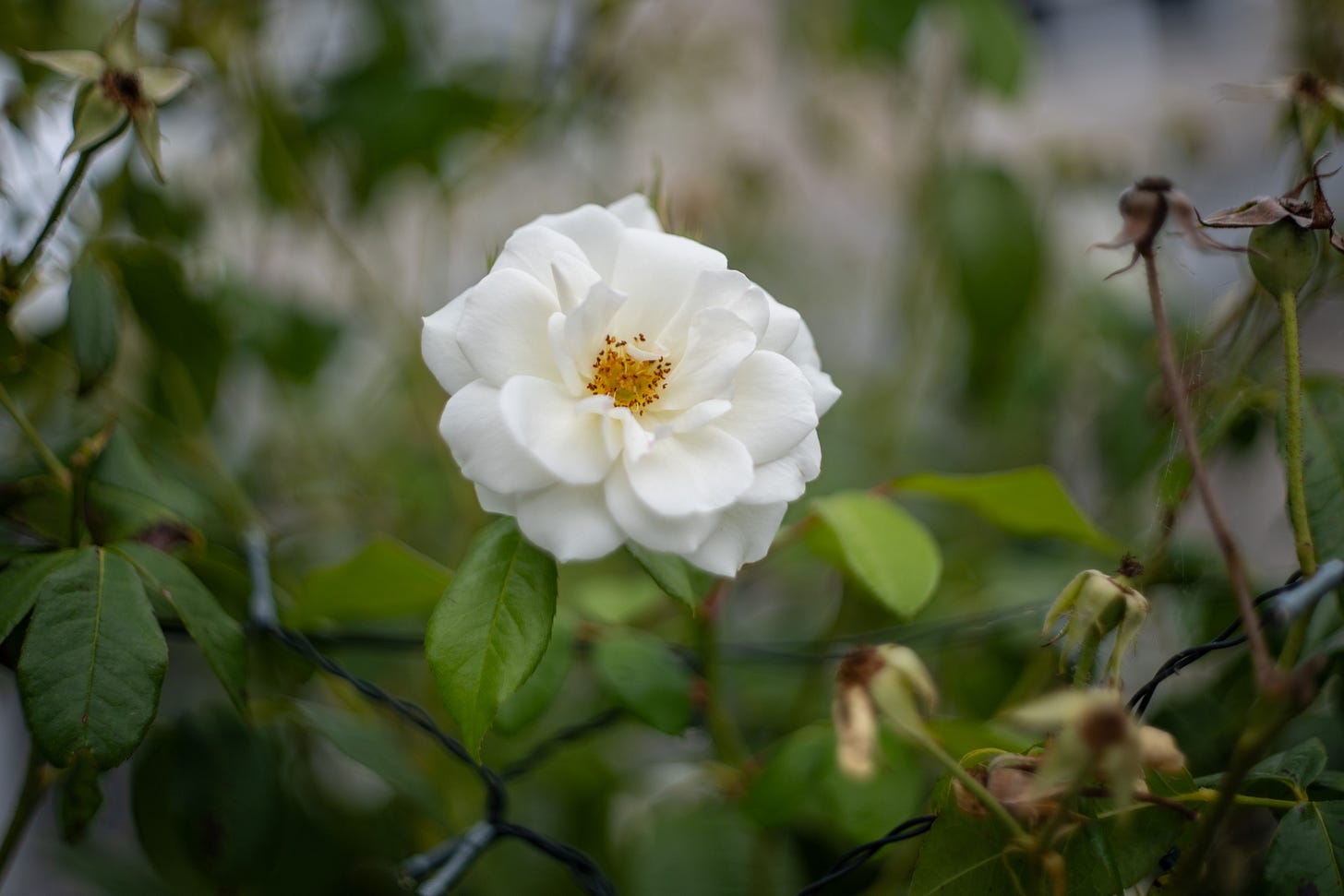

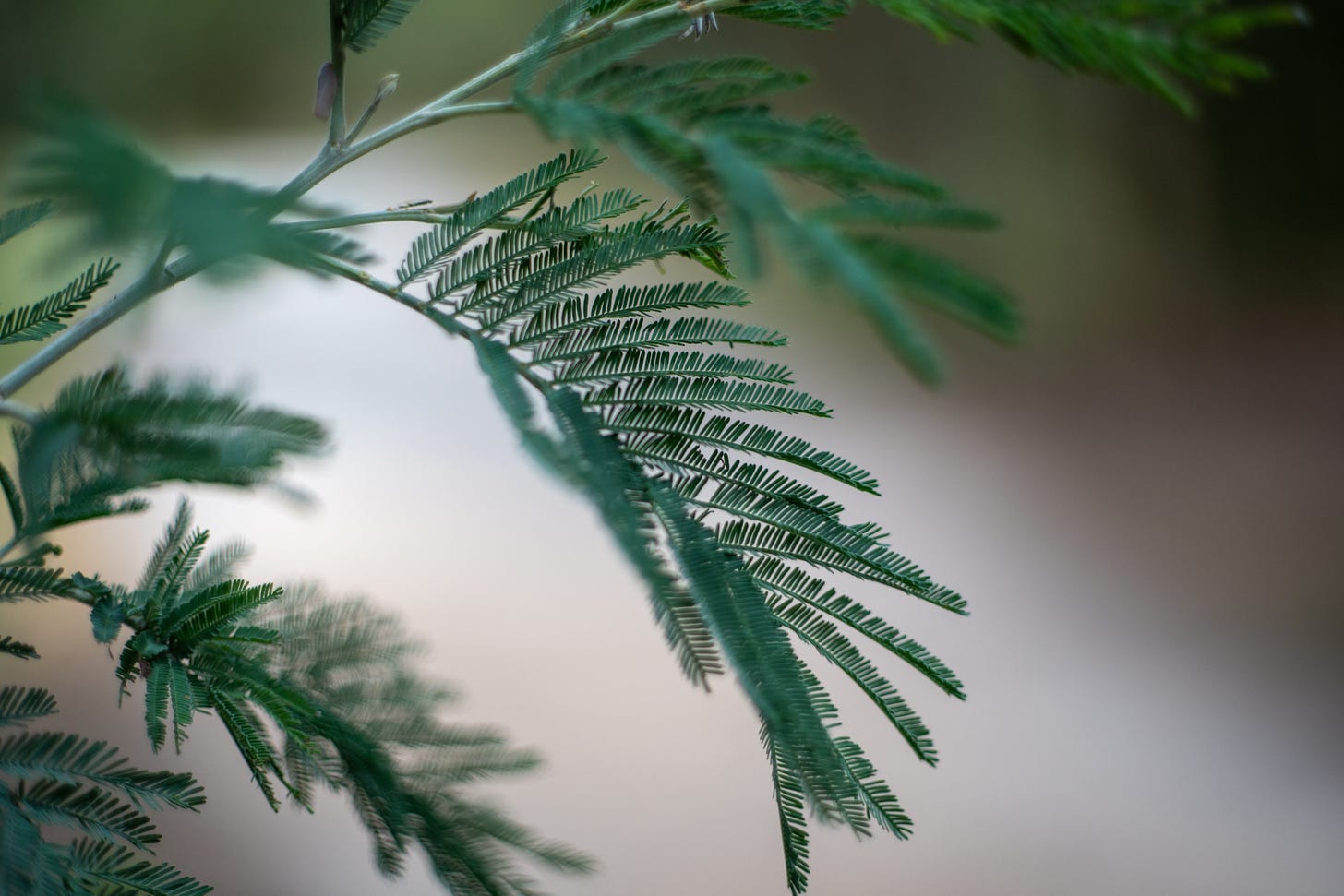
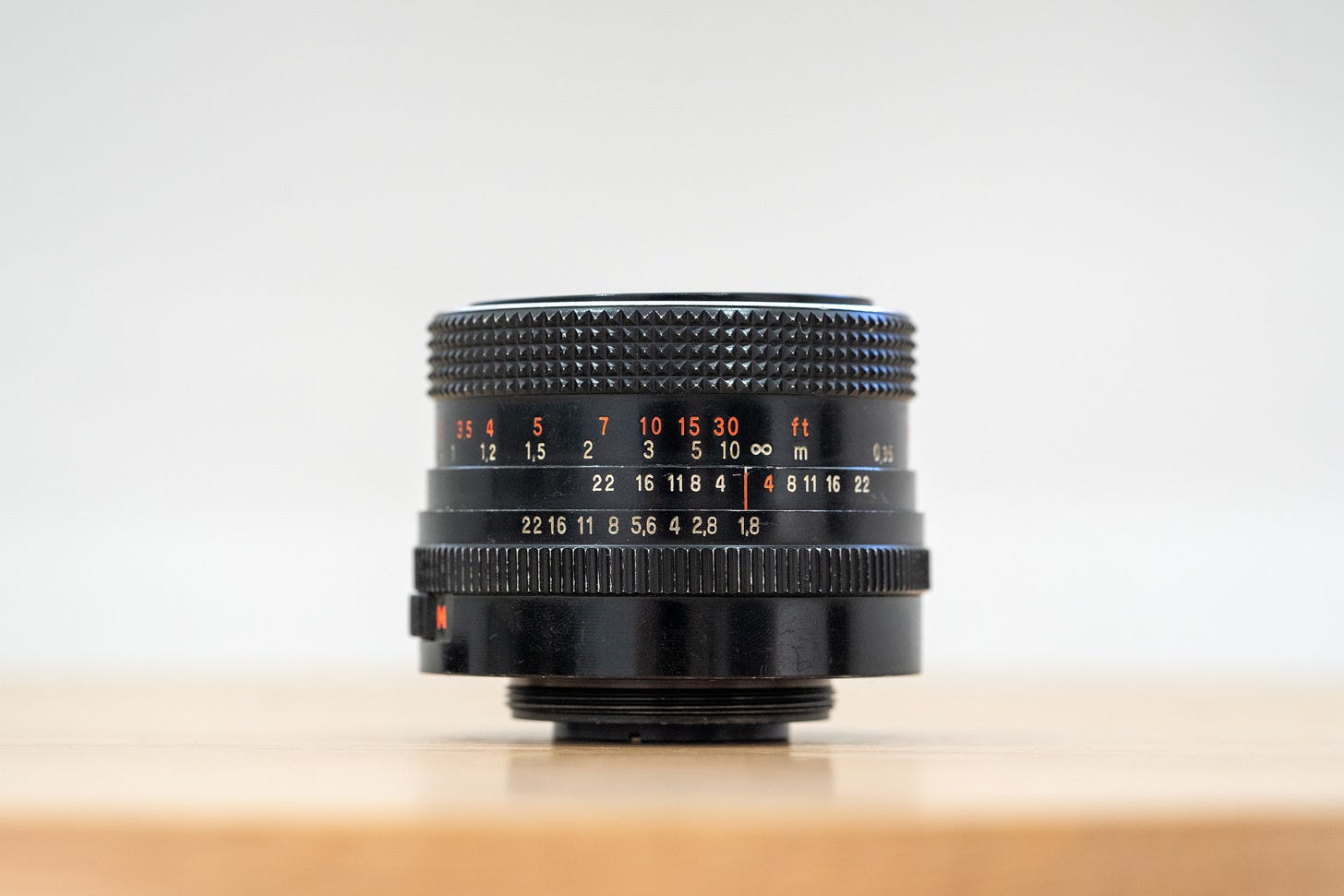

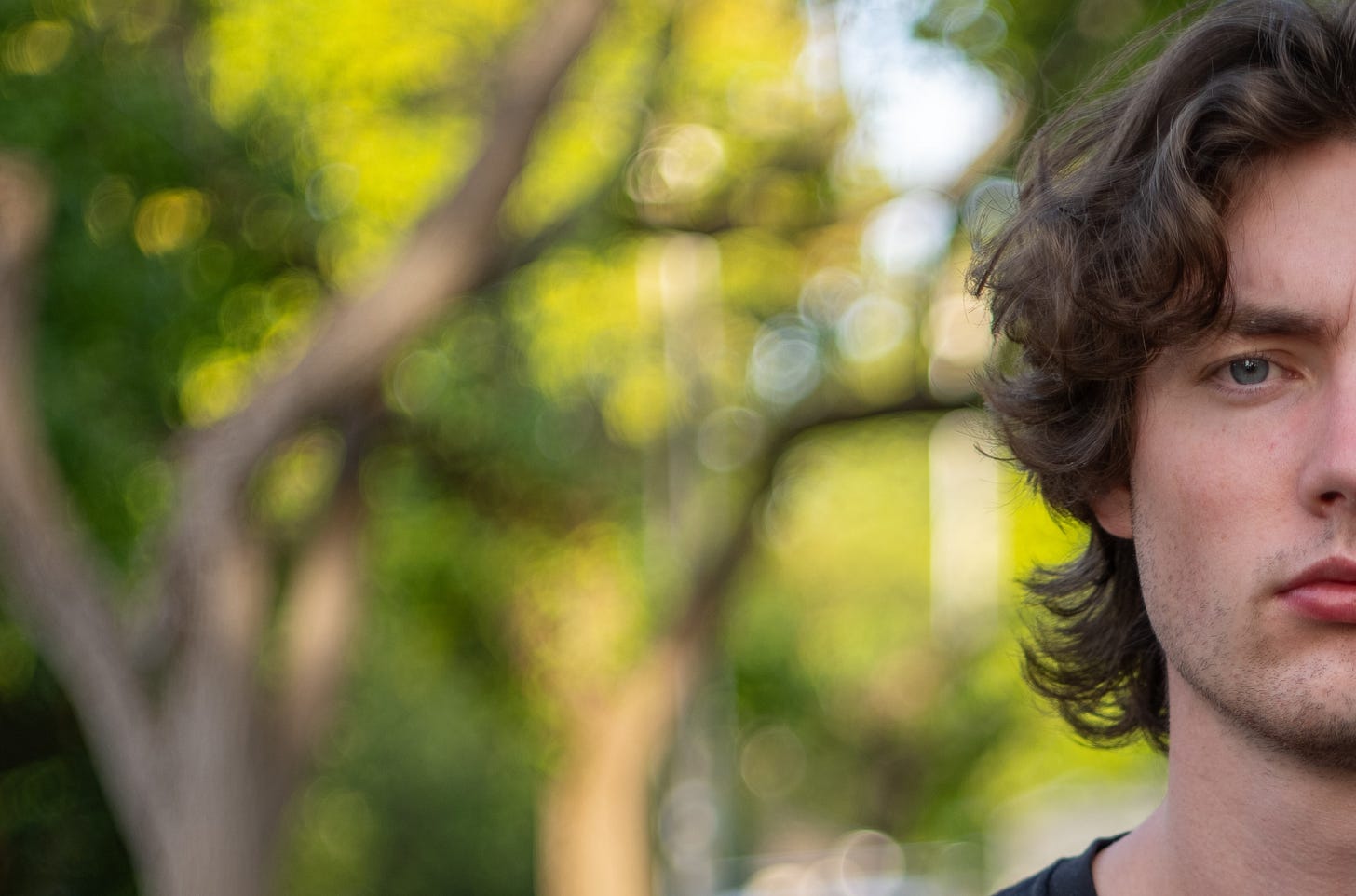
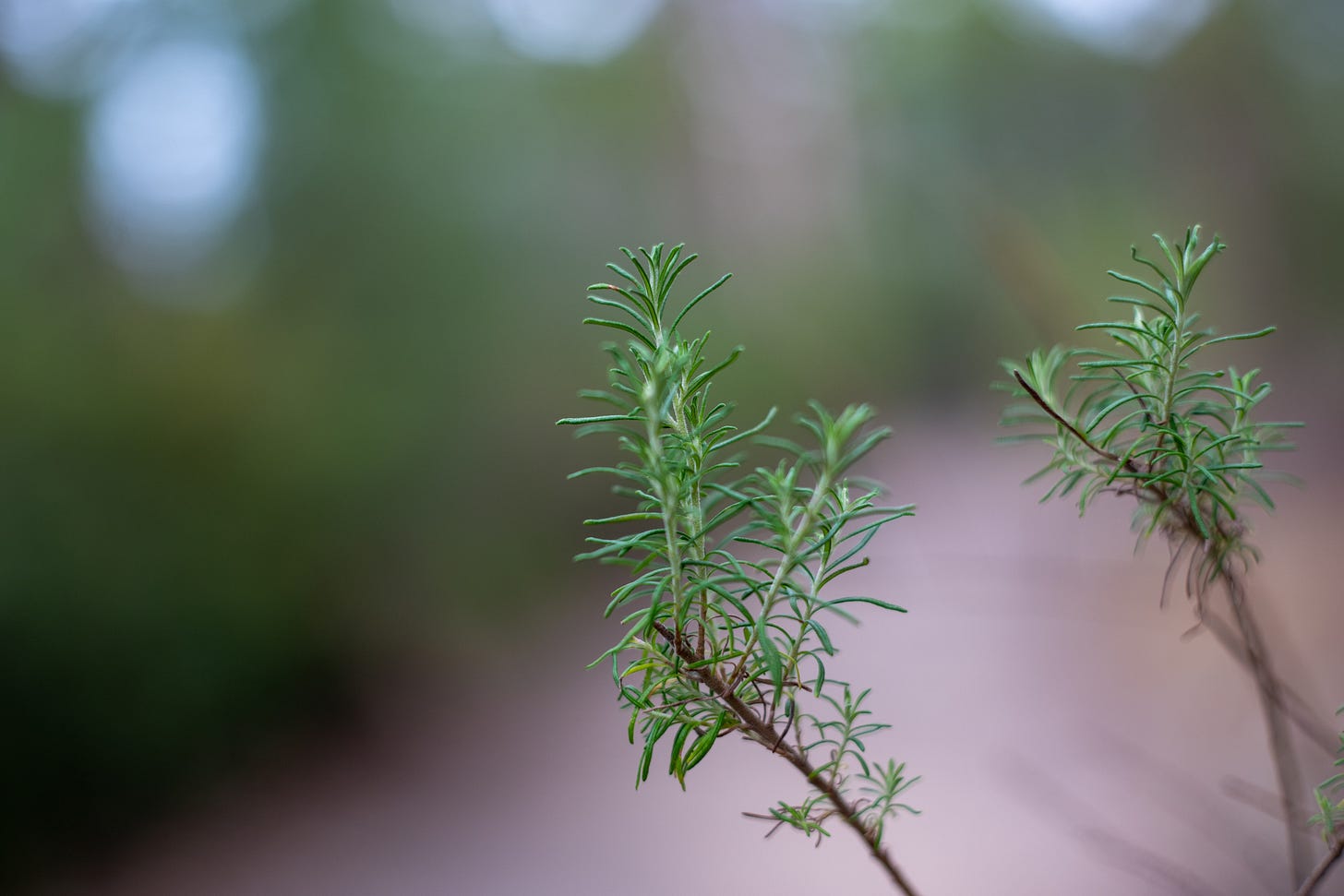

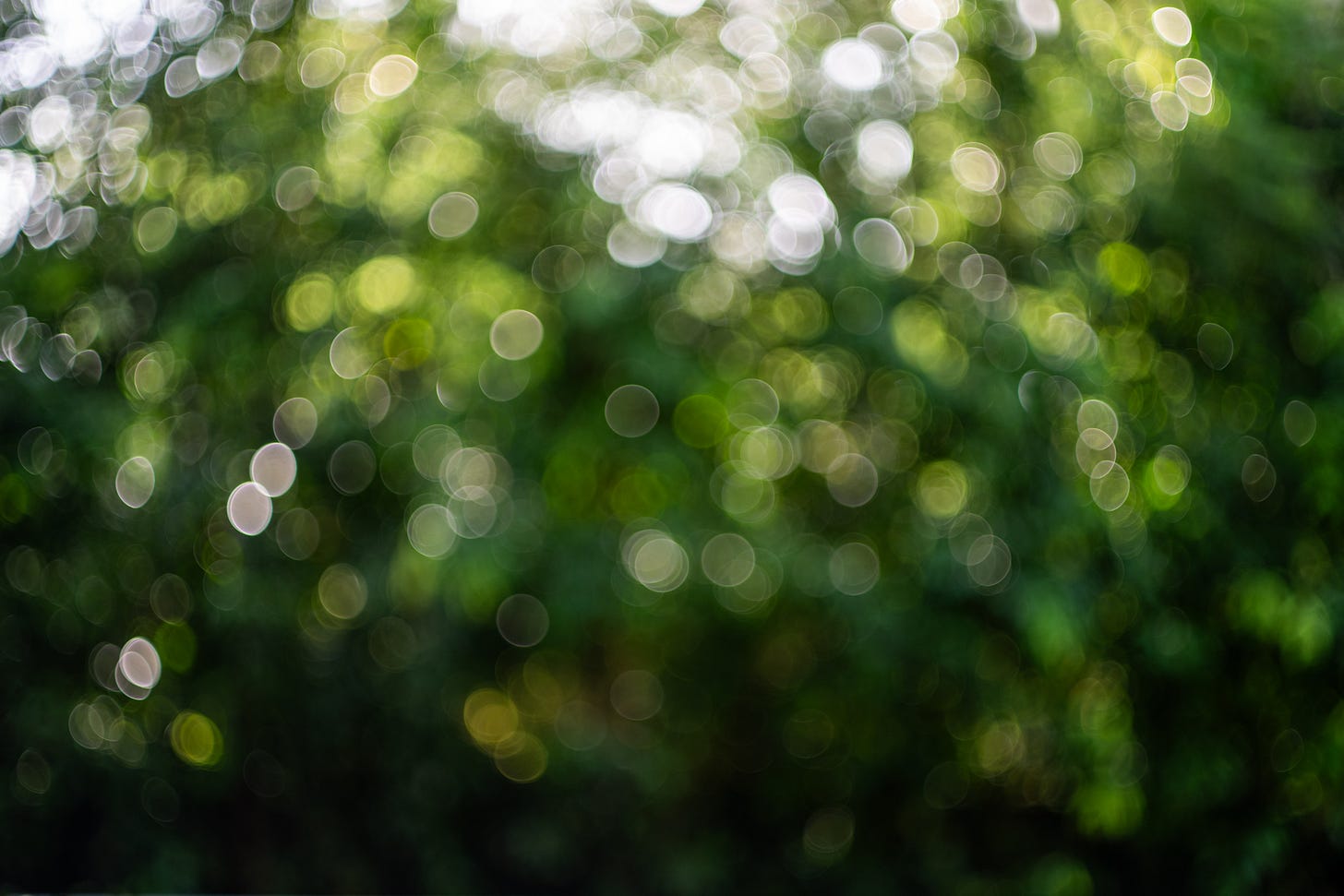

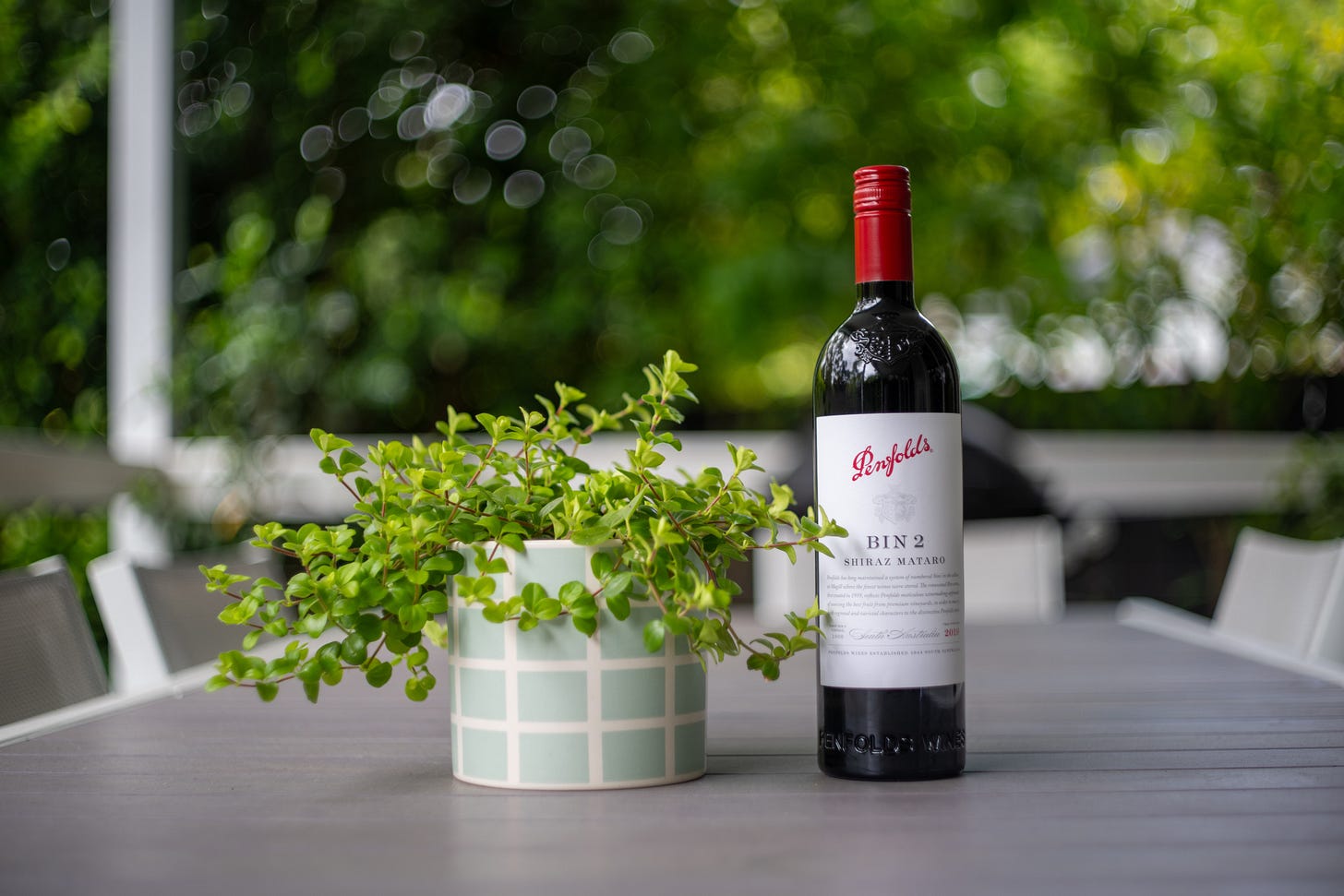
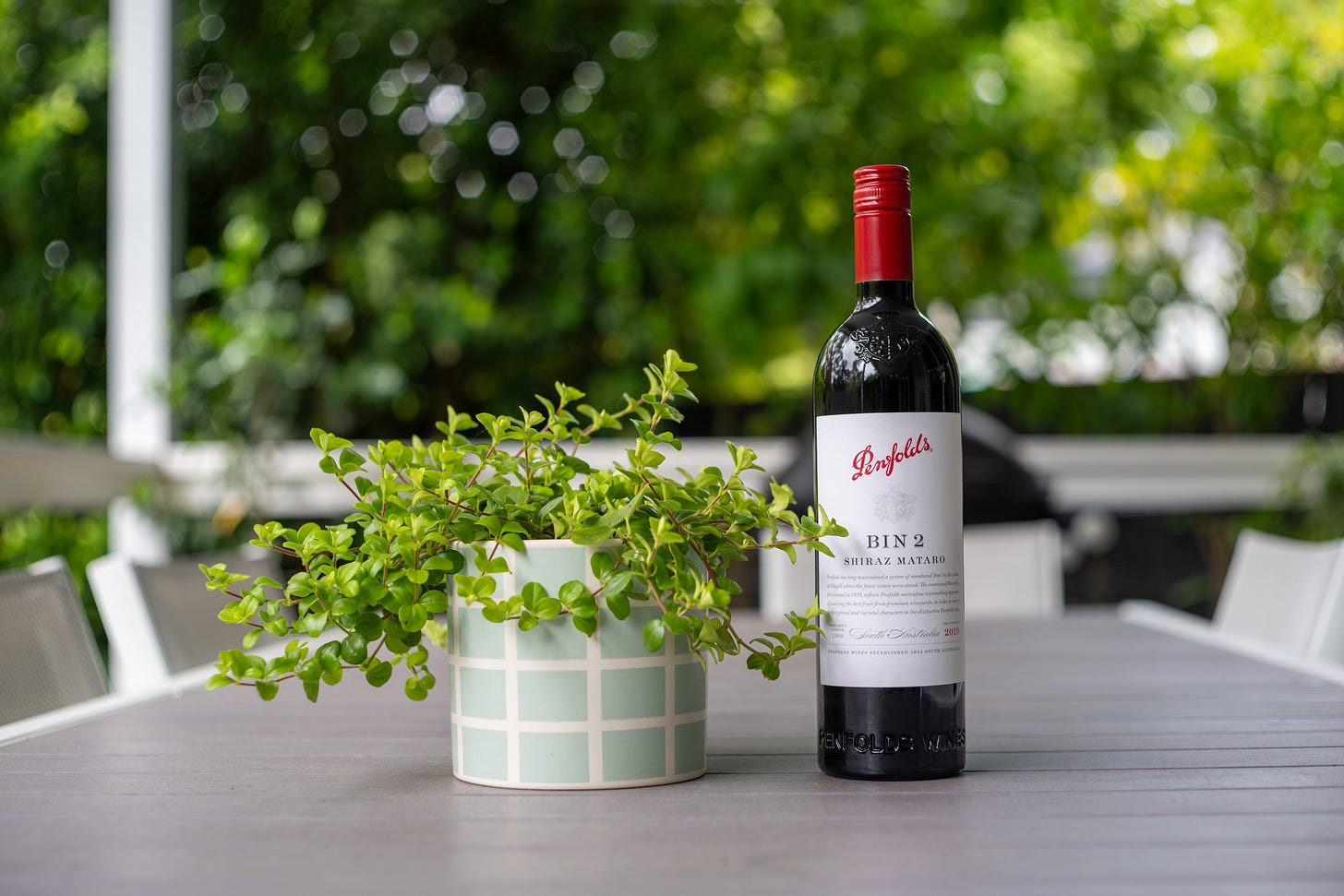
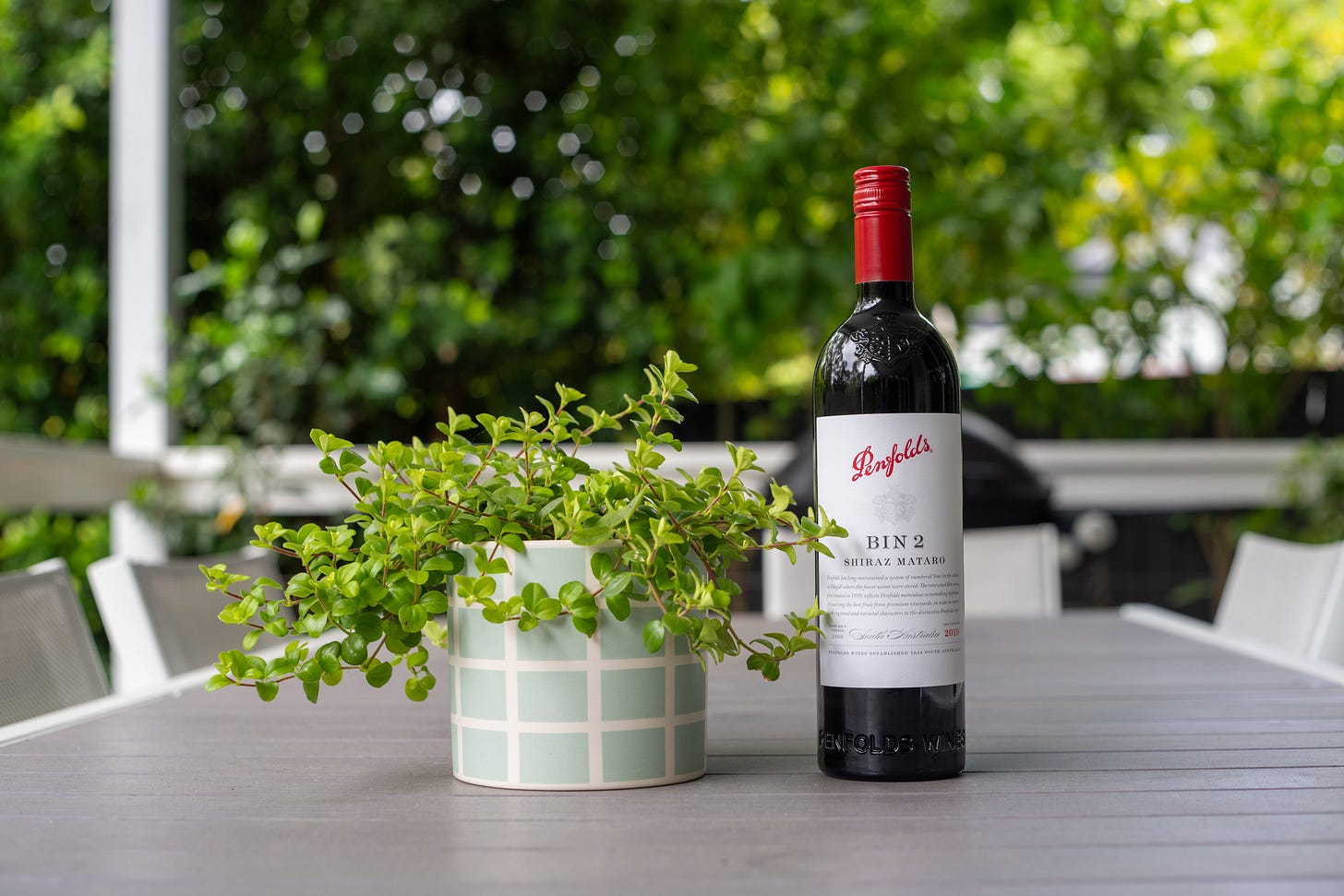
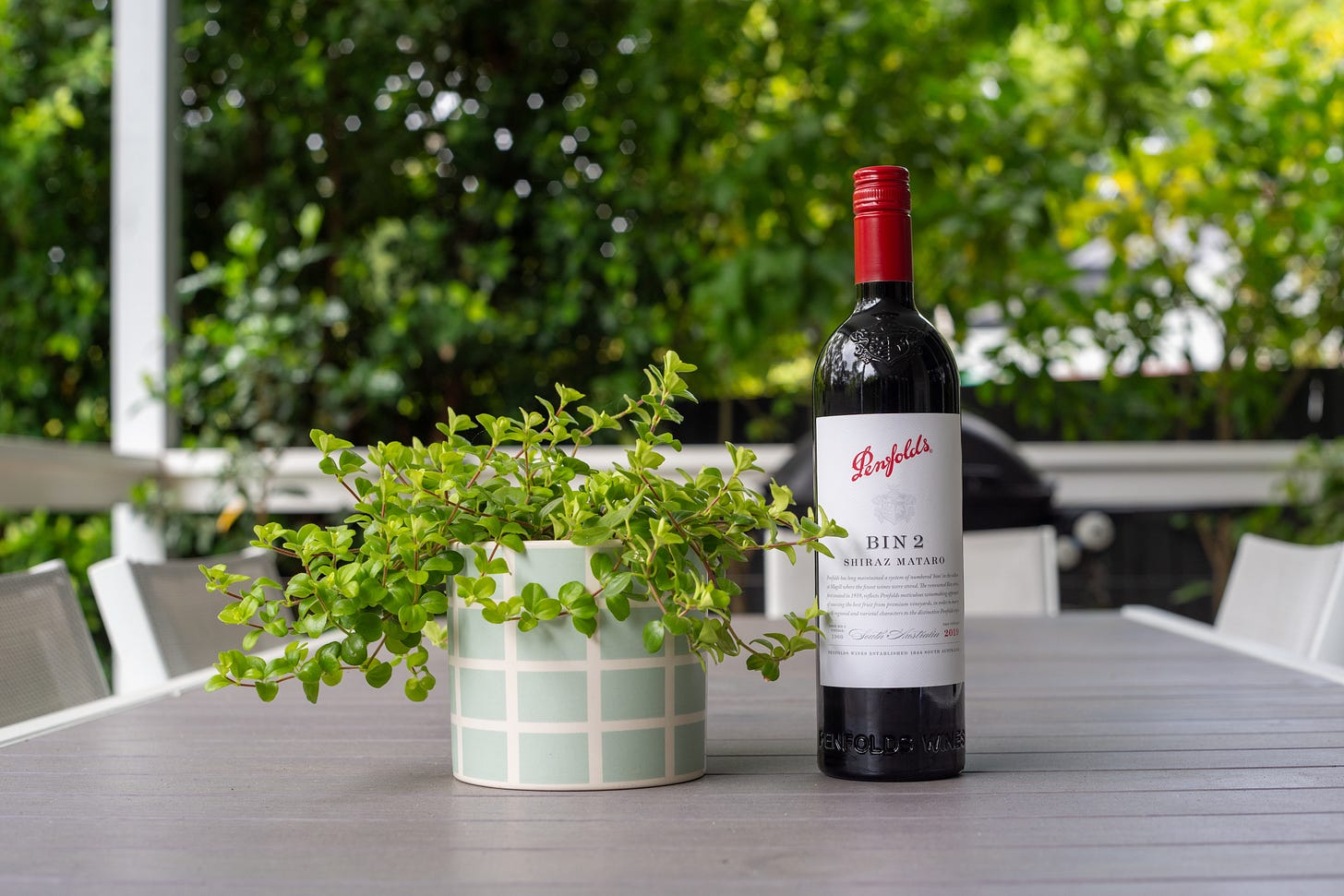
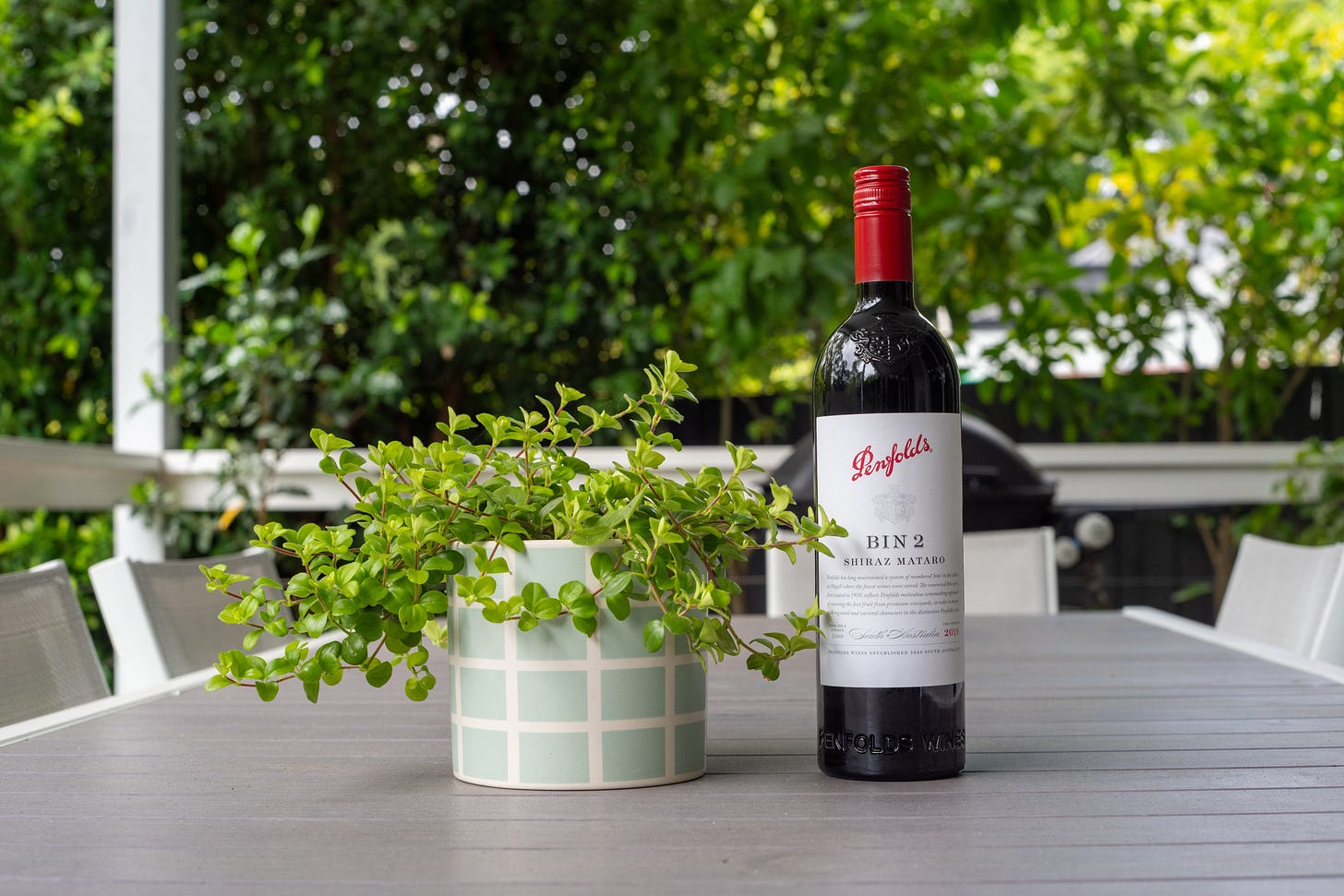

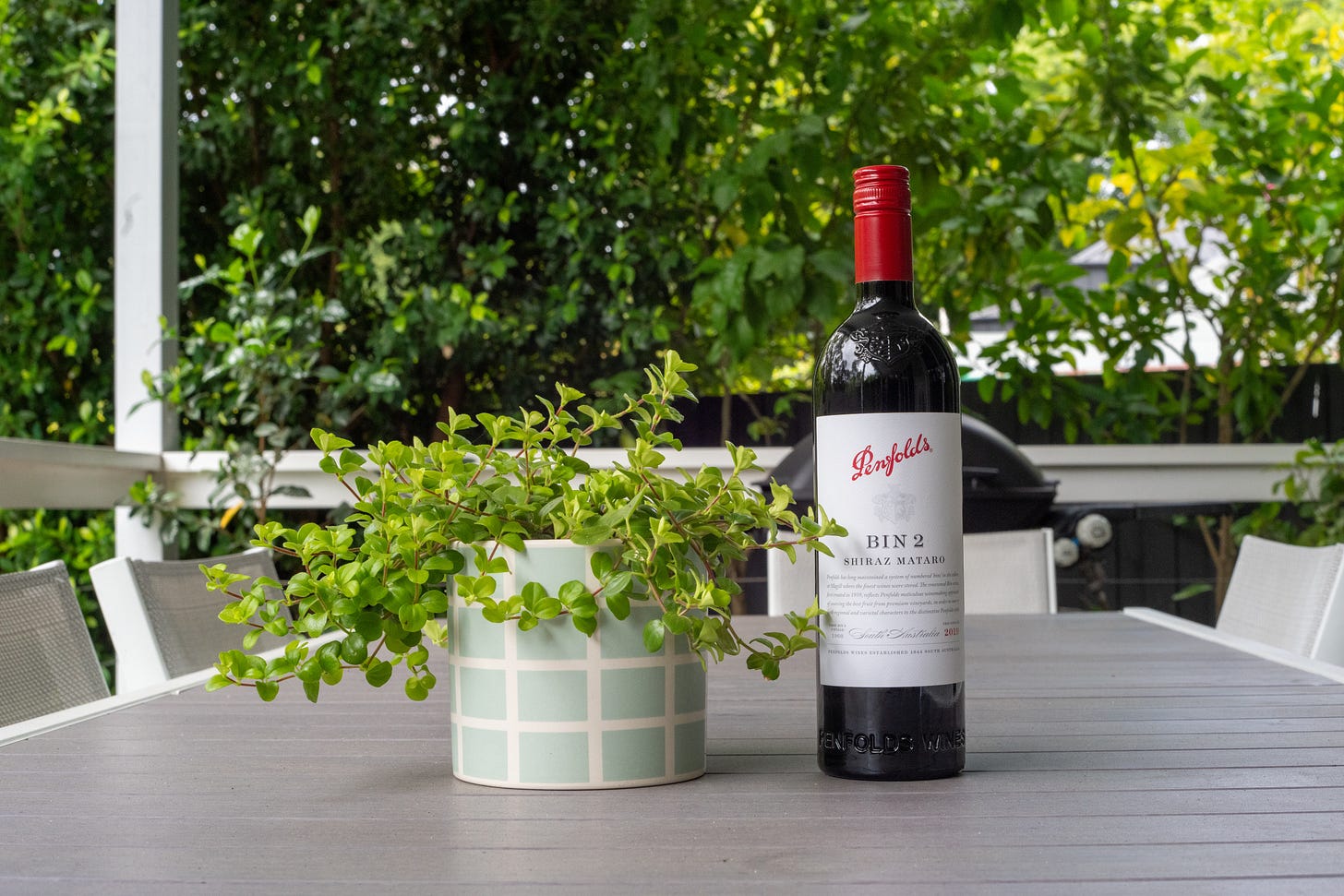
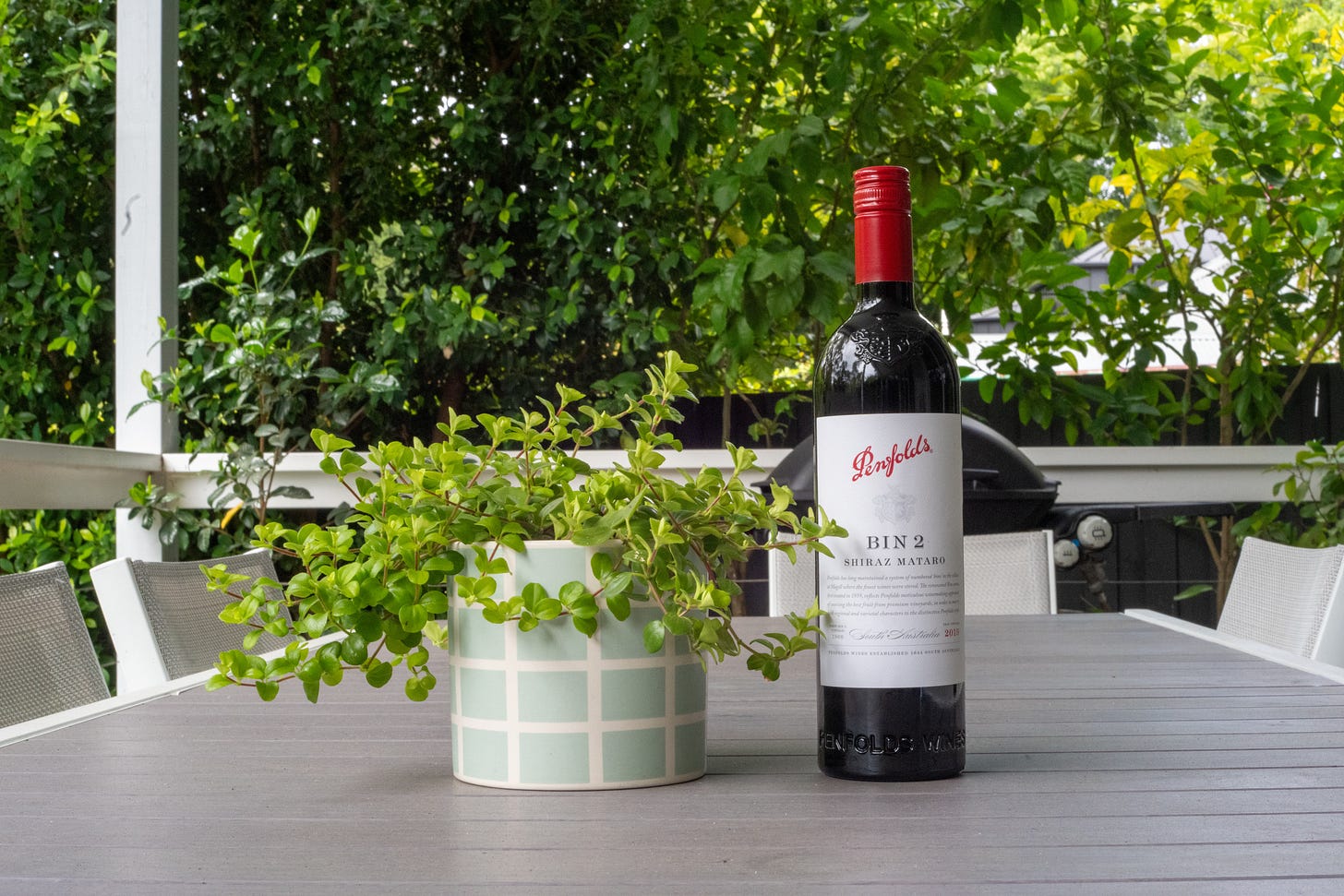

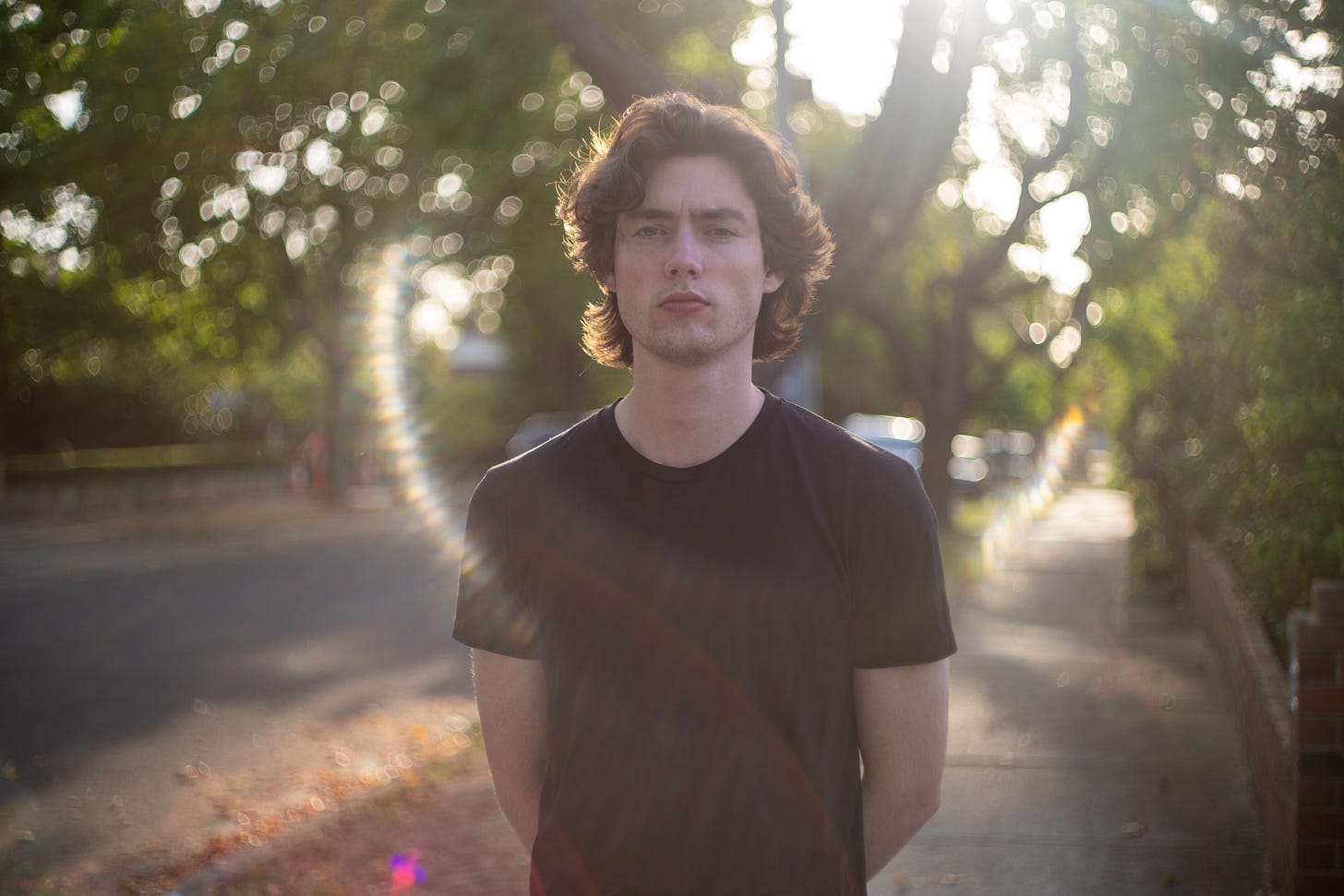
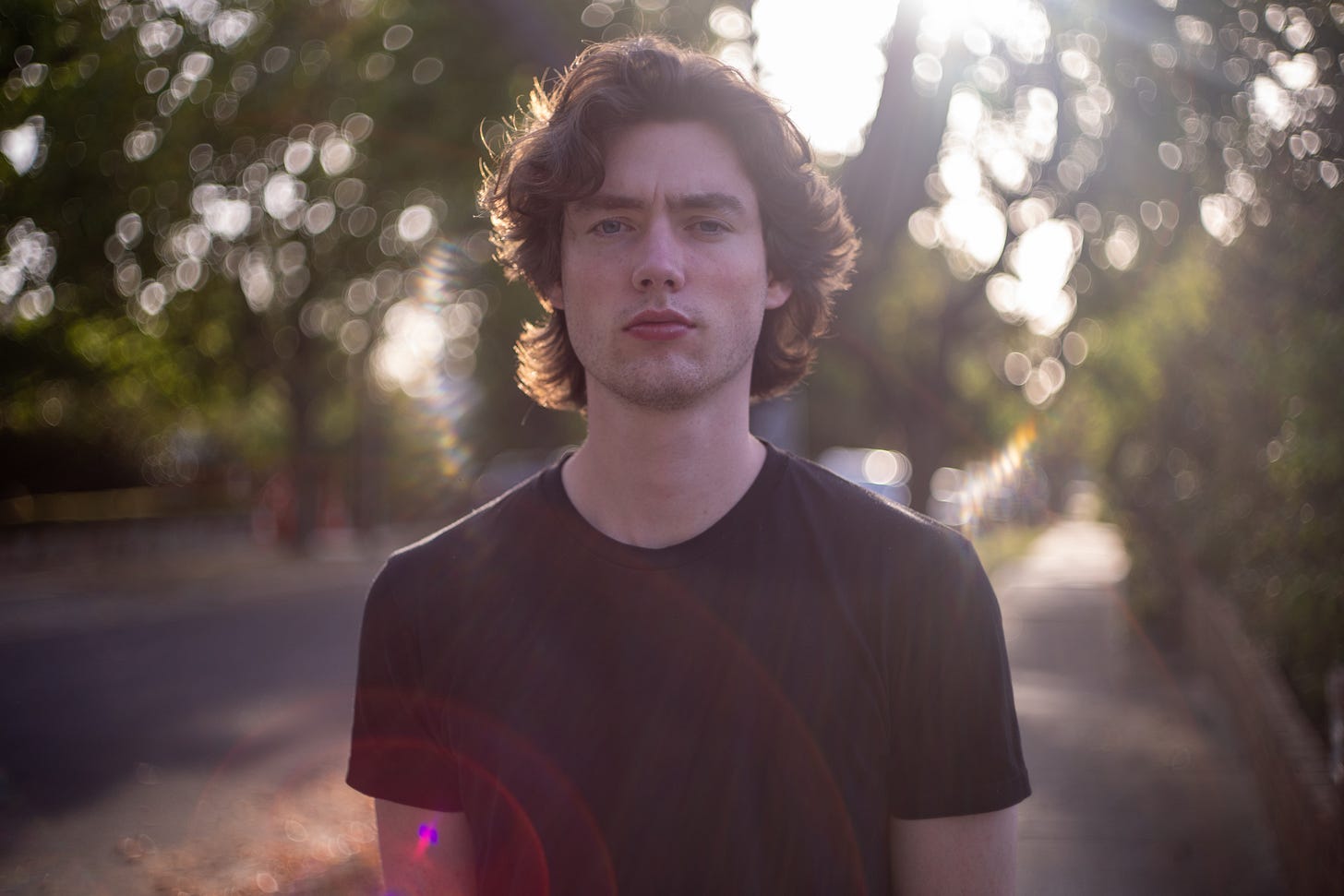

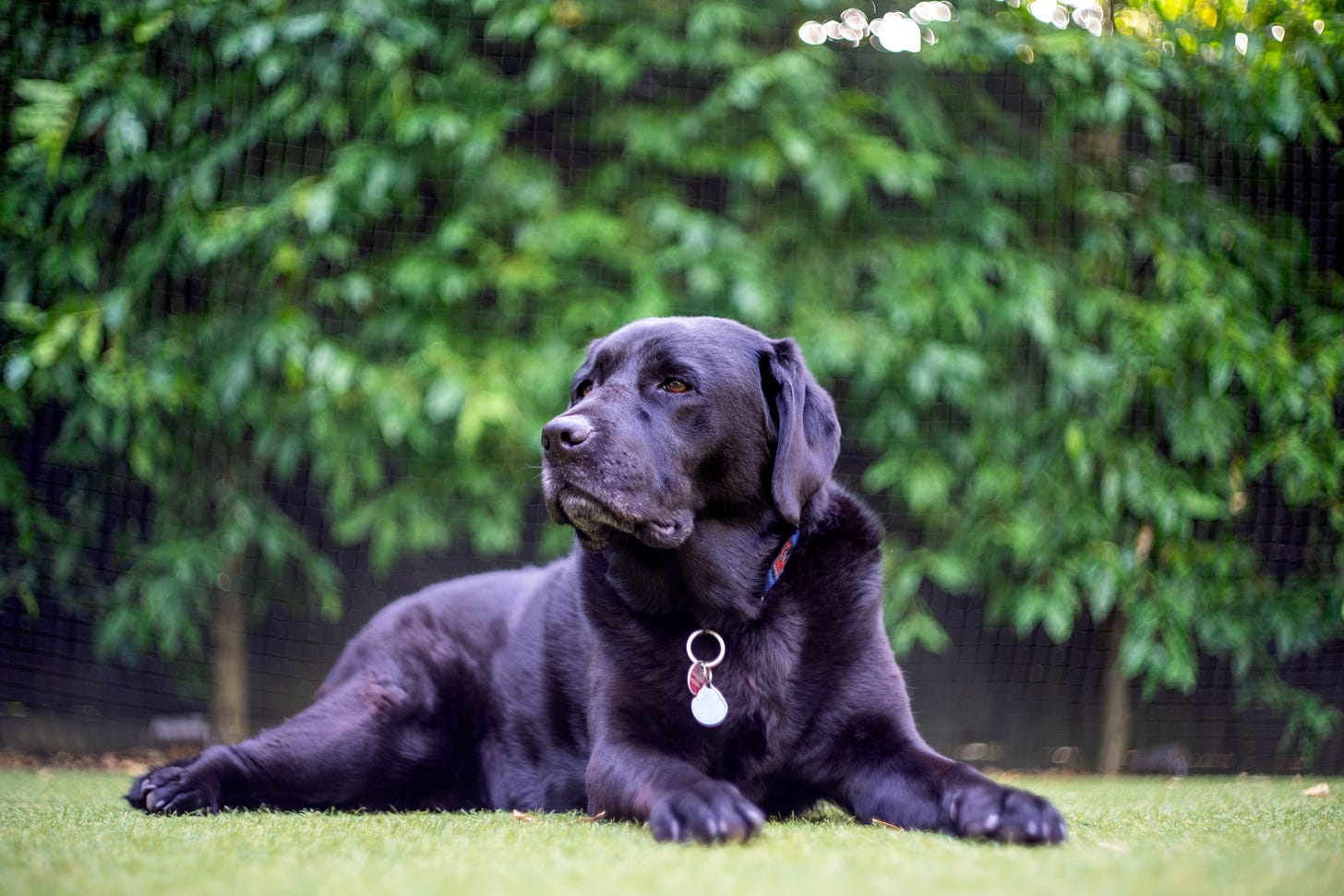
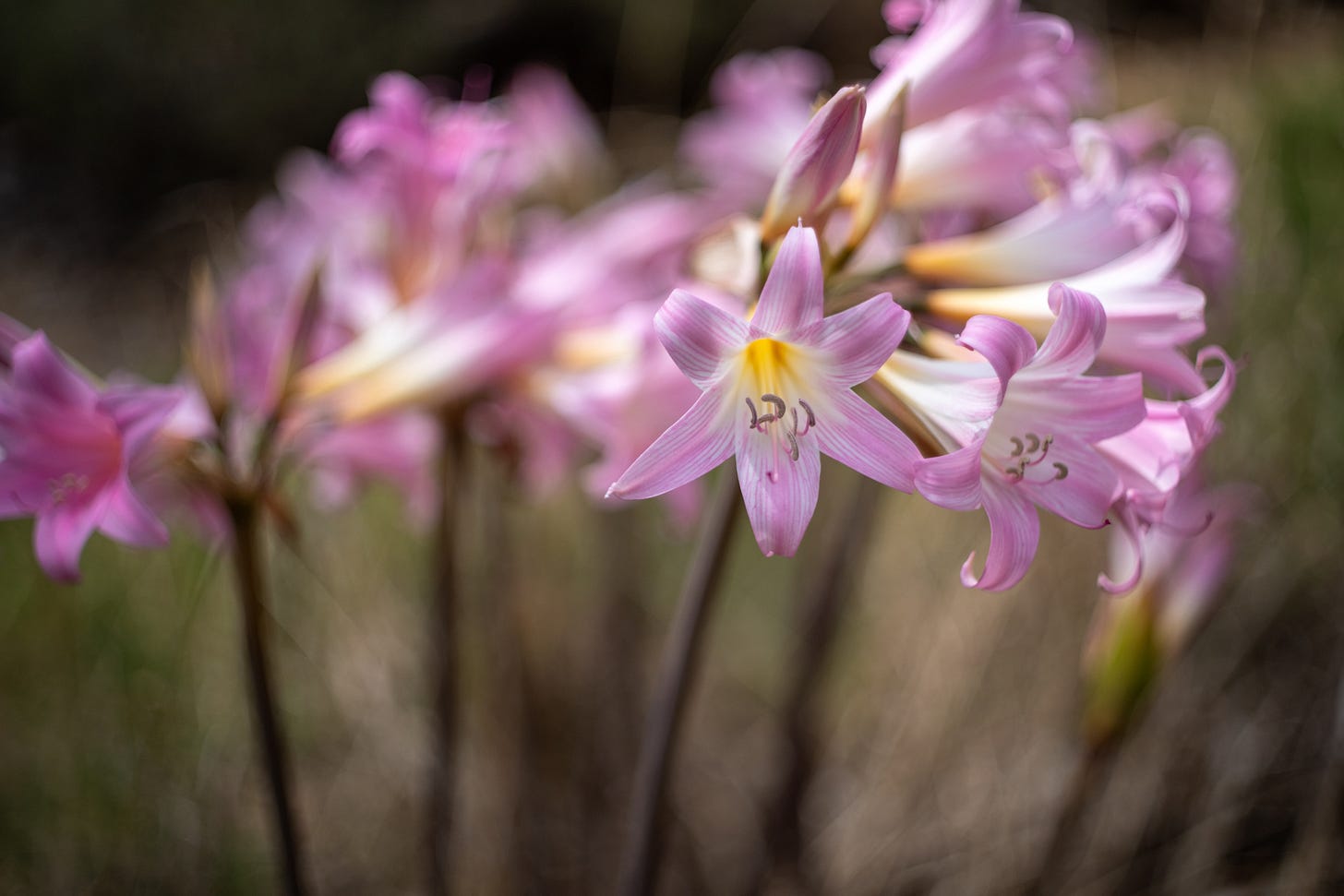
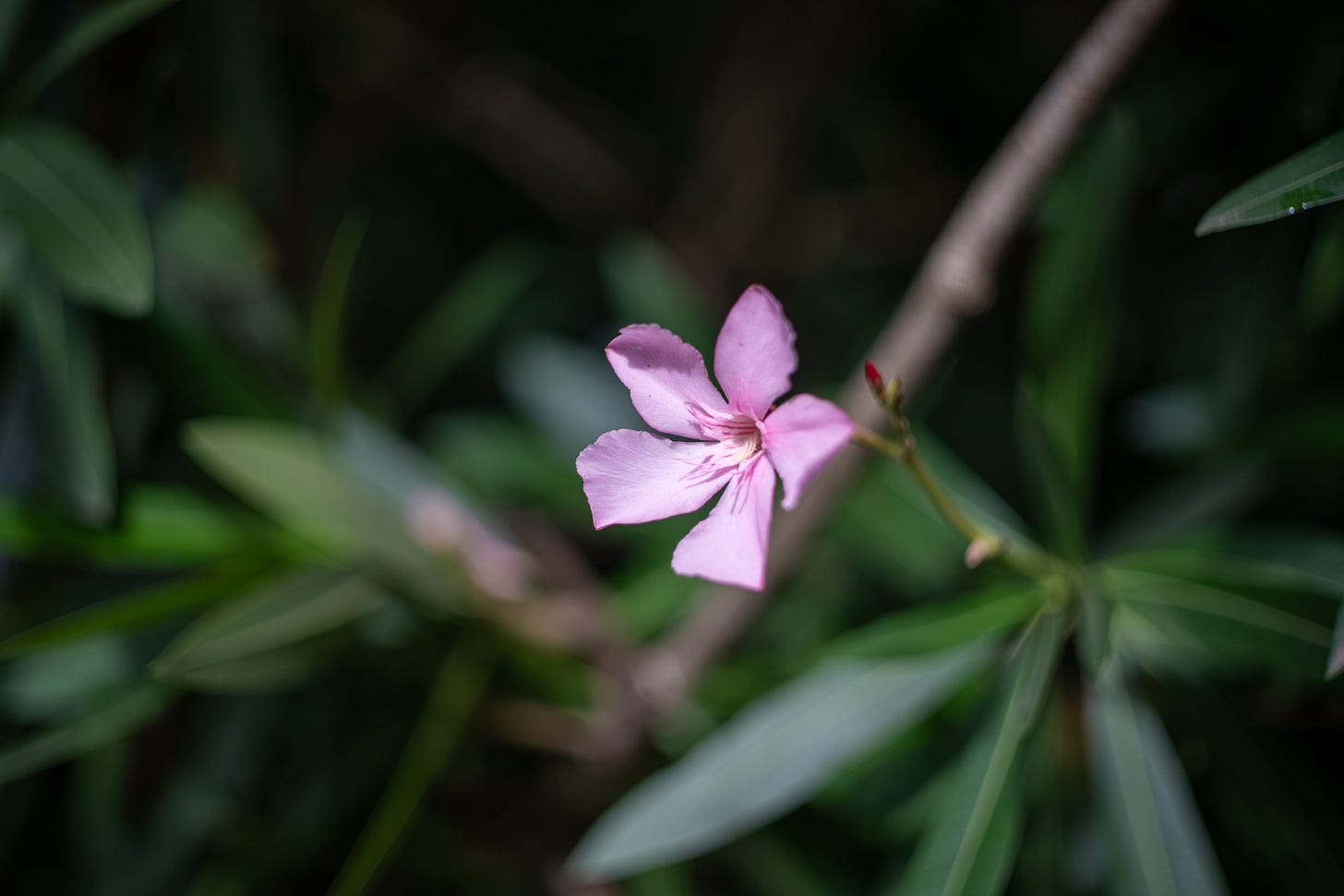

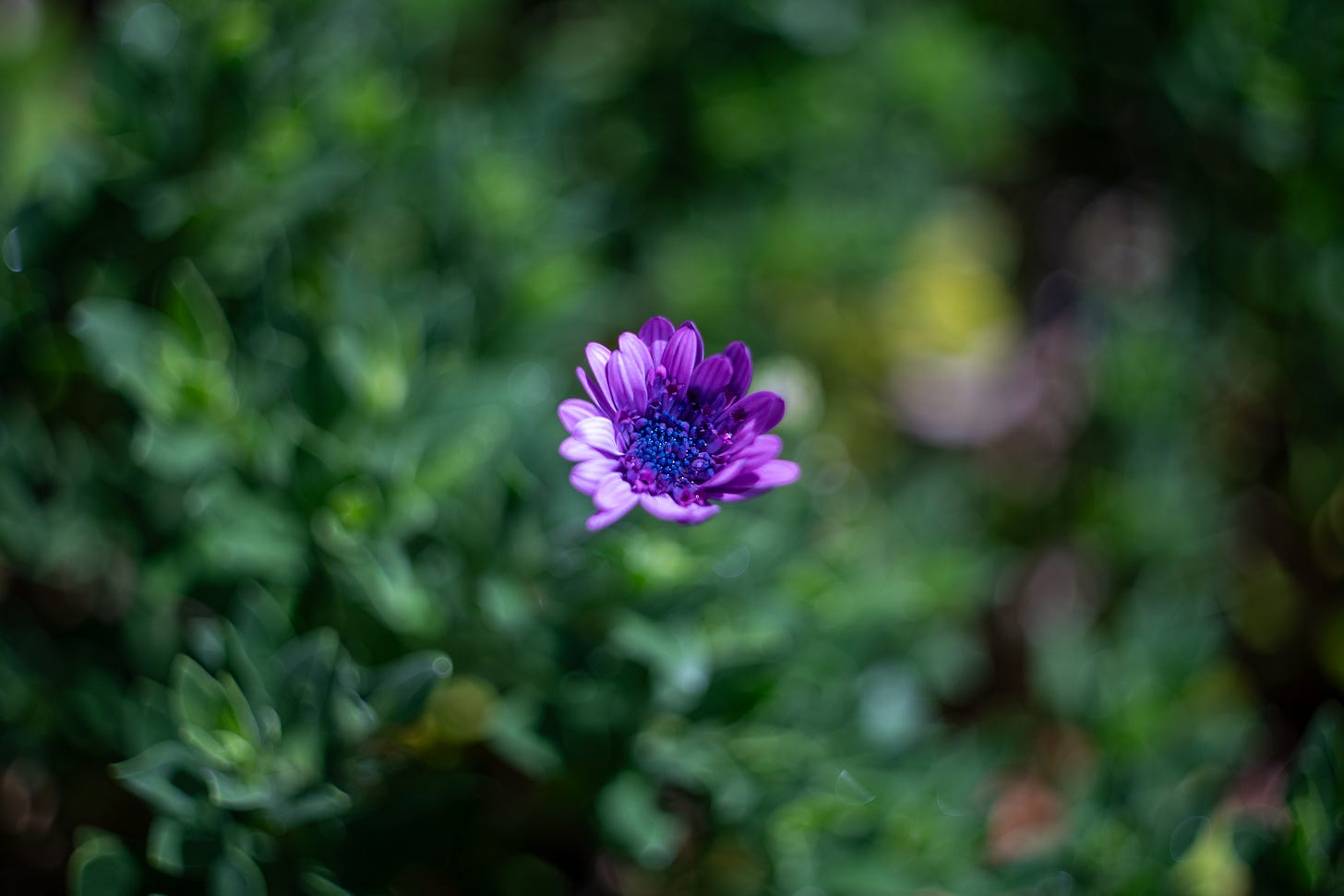
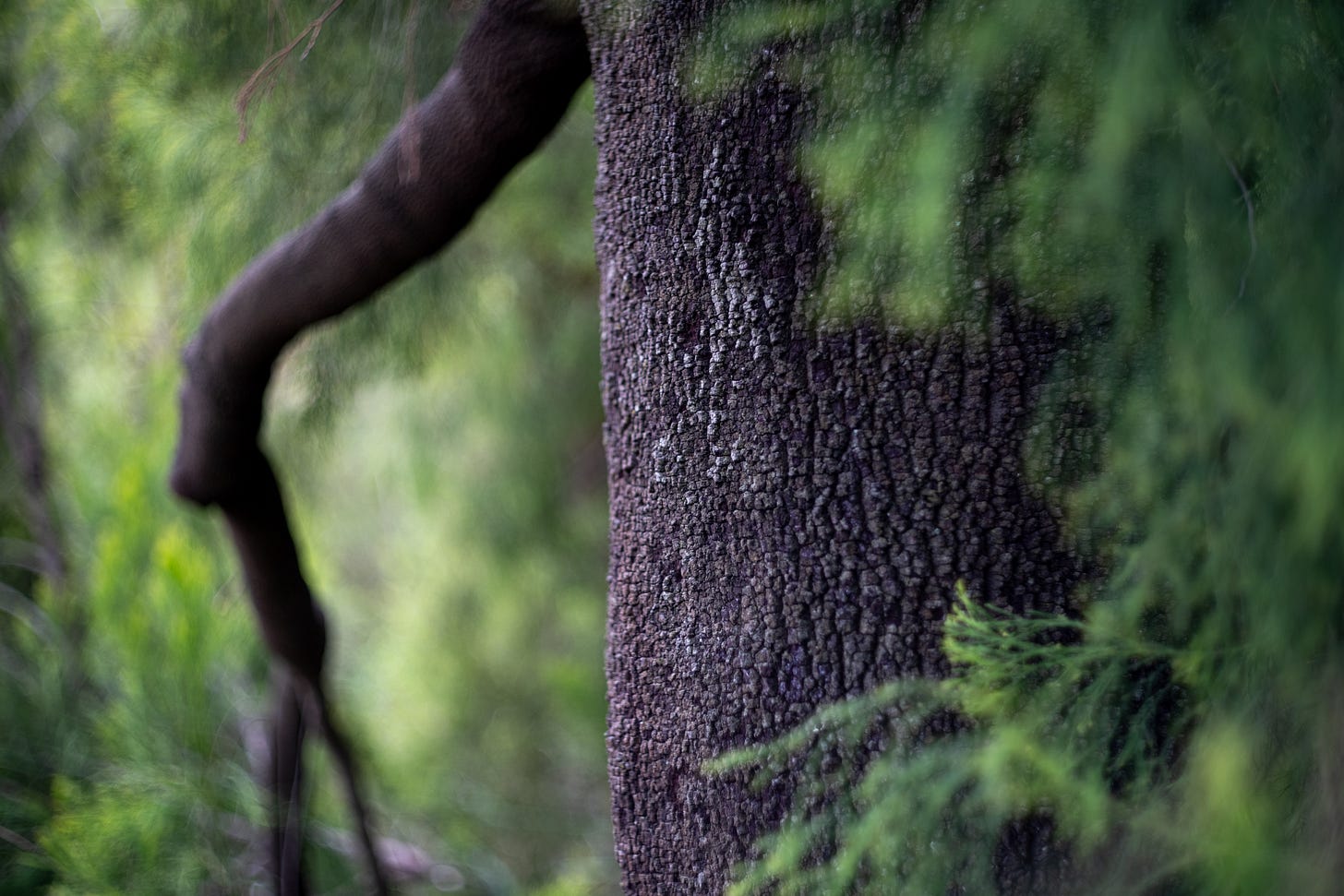
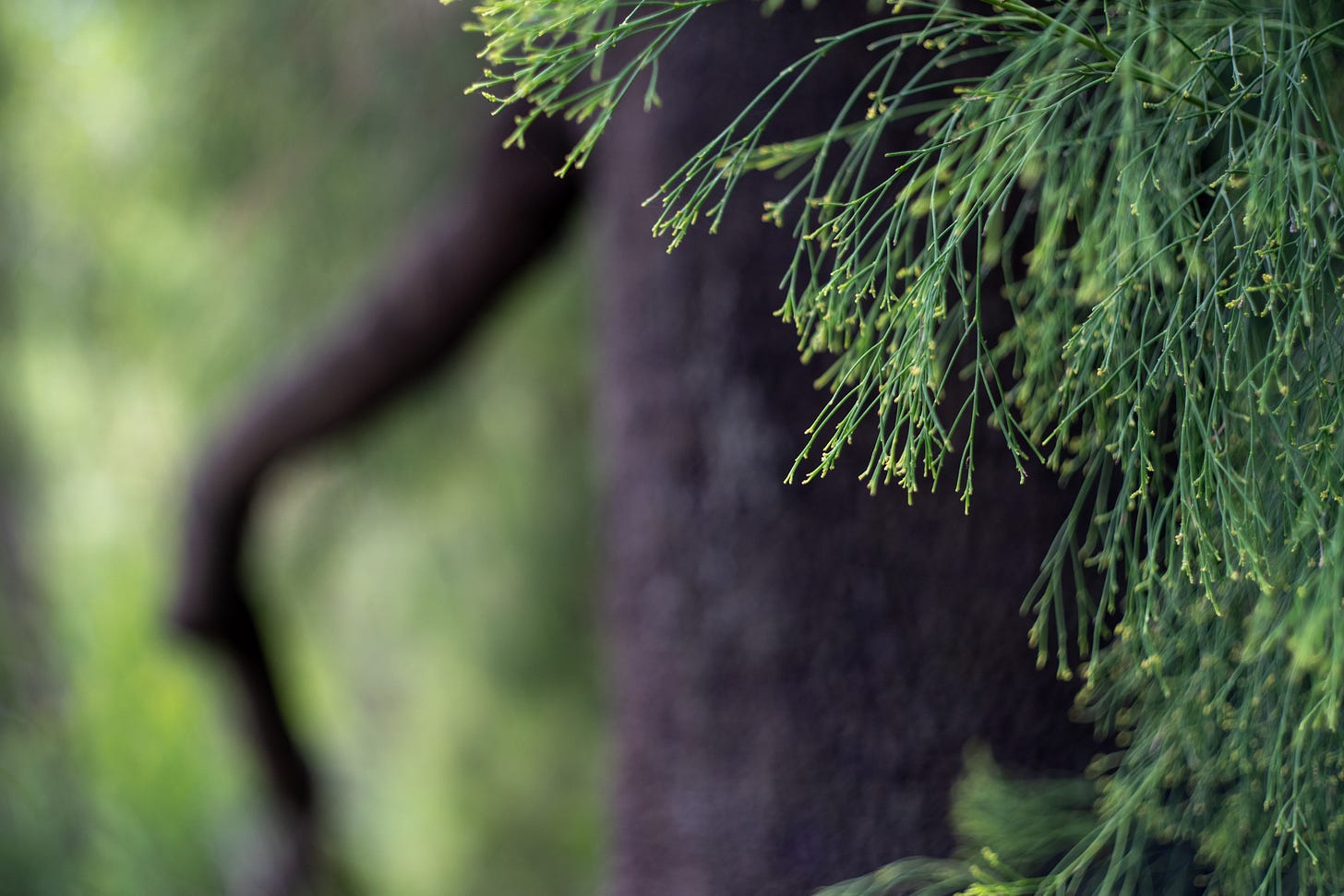
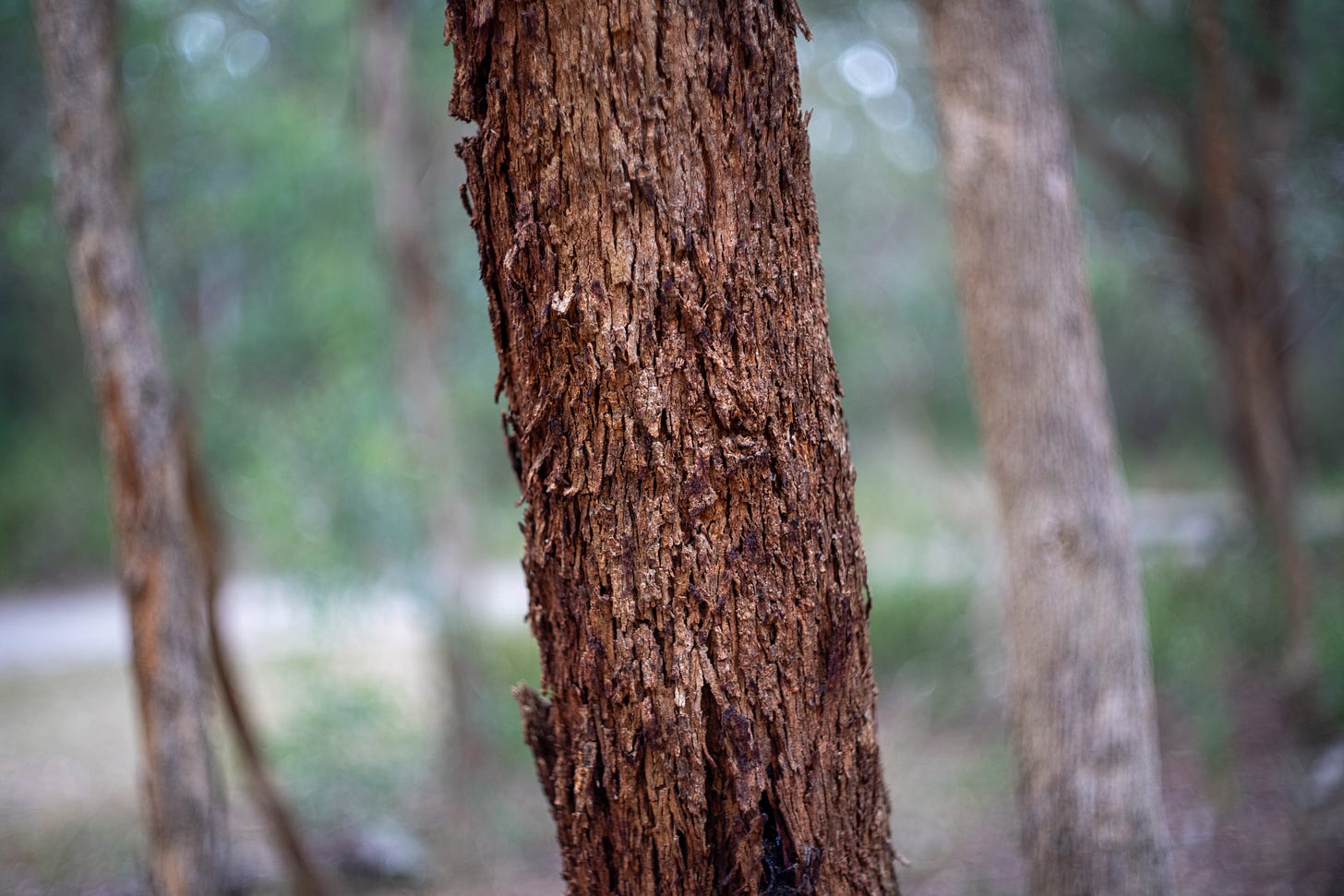
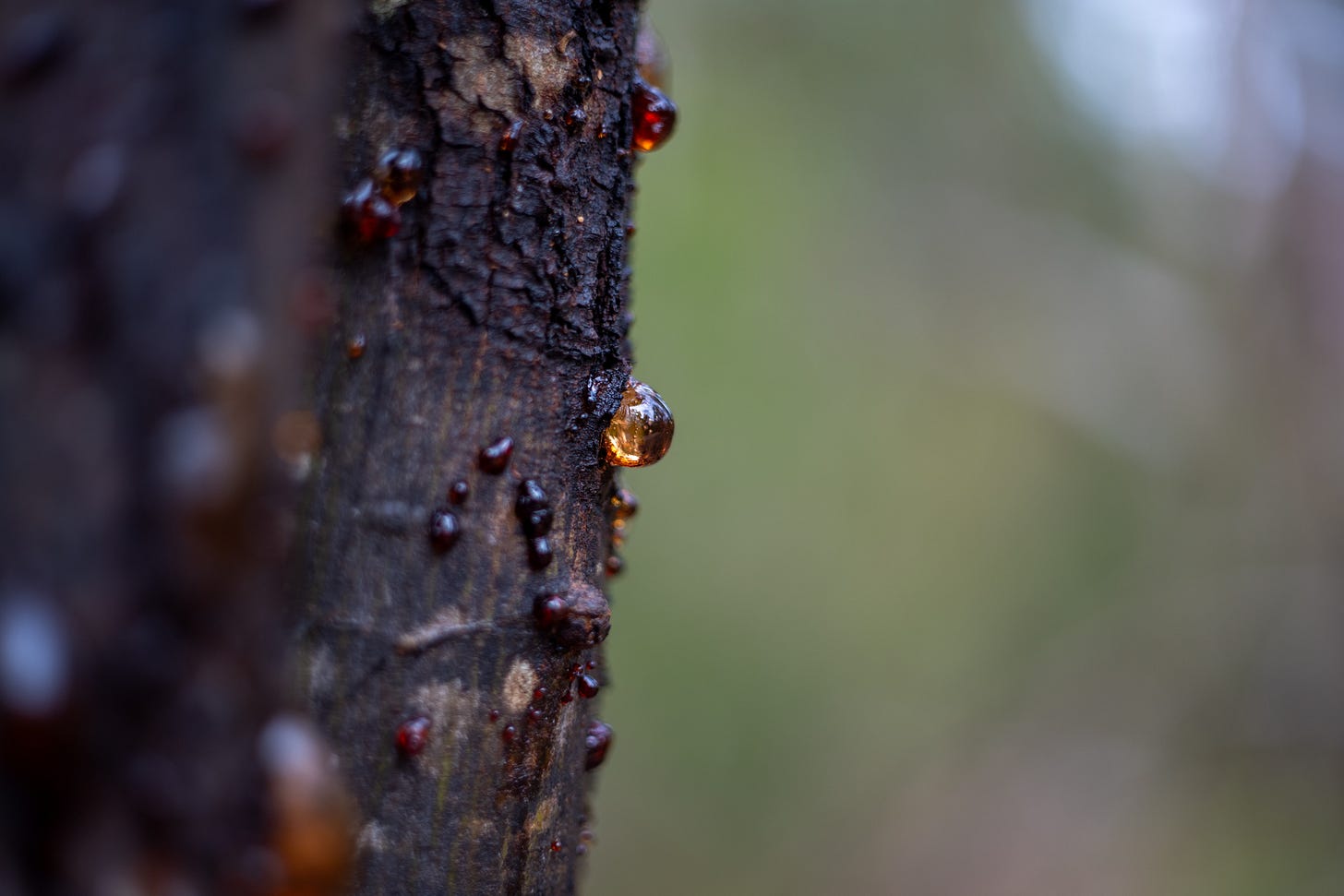
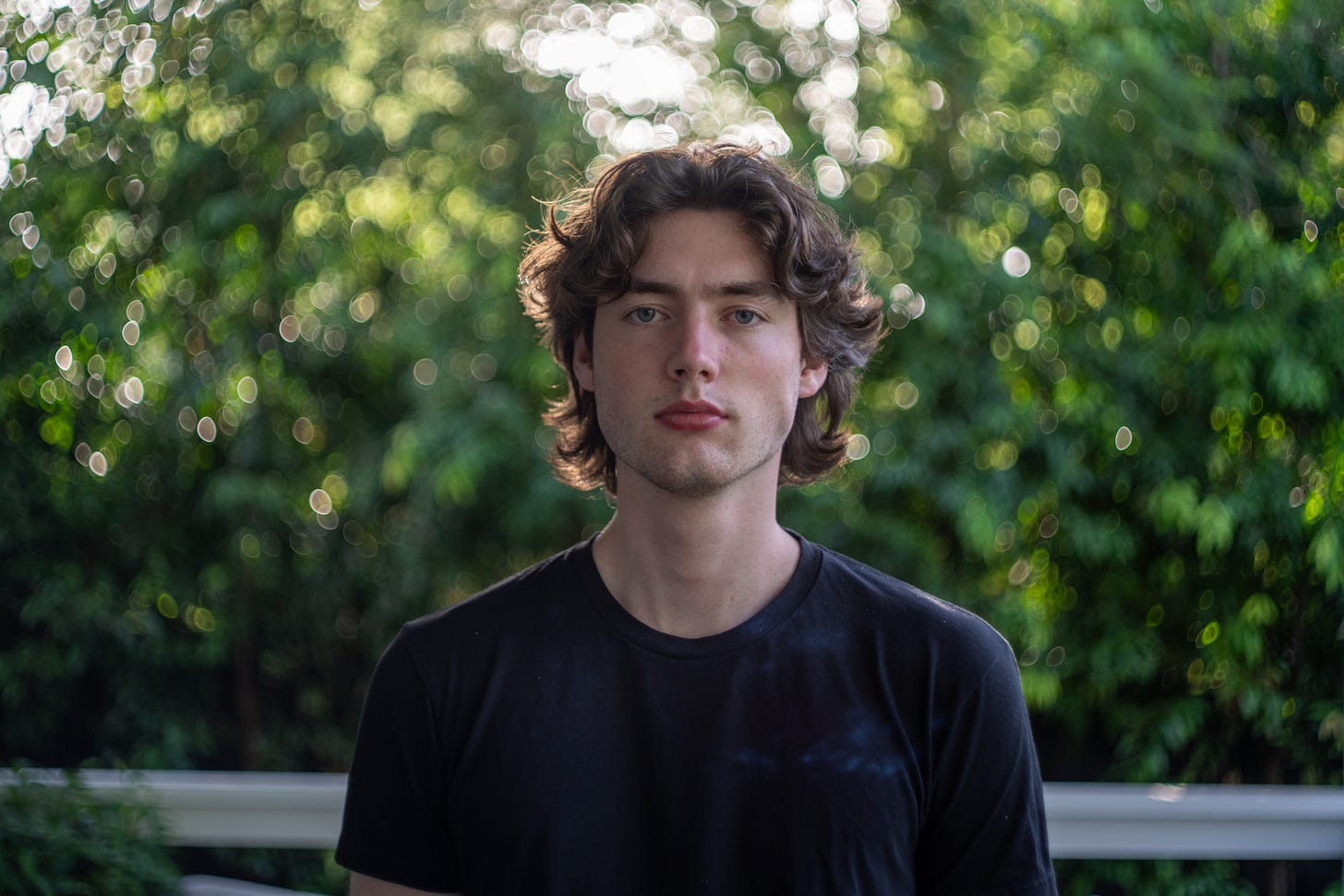
Love my Zeiss glass. I might need to keep an eye out for this version.Why on earth would this review cause controversy? Some people have too much time on their hands. BTW, you spell your name wrong.
Great post Darren, that's nice wine too!